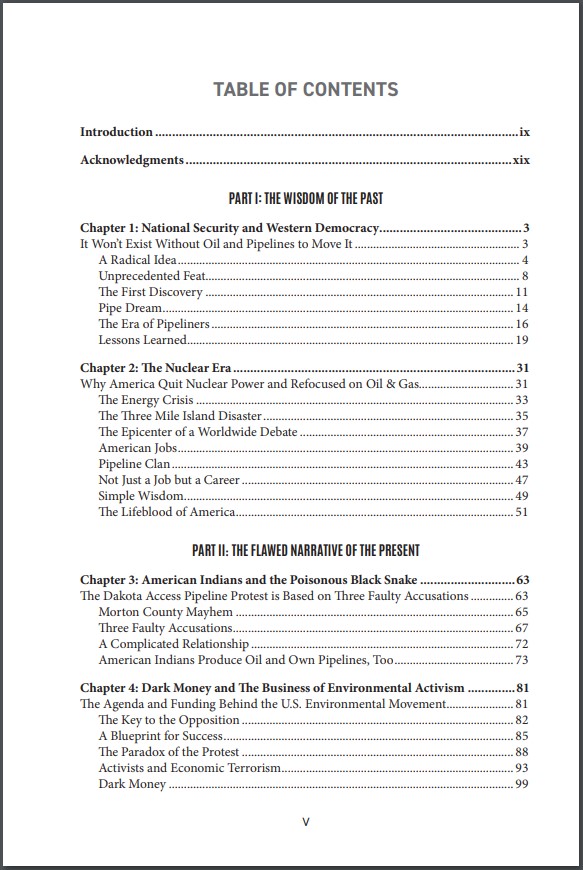If you’re writing a book, you know something about taking a risk.
It’s a vulnerable thing for authors to print their ideas for the world. That’s why William Faulkner said, “Get it down. Take chances.”
But what if your book takes big chances?
That’s been the question for Bill Herrington. The award-winning author of Contraflow, a memoir about Hurricane Katrina, just released his second book, The Green Real Deal.

The Green Real Deal reveals the truth about U.S. energy, national security, and the environment – and the danger of plans like the Green New Deal. It explains the critical role of oil and gas pipelines in WWII, objectively examines energy options and players today, and proposes a 5-point energy plan moving forward.
It’s a controversial topic.
Public conversations about energy can stir divisive emotions and political ire. As a recent New York Times headline said: “The Clean Energy Future Is Roiling Both Friends and Foes.”
So how can authors tackle potentially explosive topics without alienating their audiences?
Here are six things to consider before publishing a controversial book:
#1 Take your time.
Resist the urge to hurry when you have a hot topic. Do thorough research. Controversial arguments require strong evidence and credible sources.
Bill exhausted historical accounts, newspaper articles, government documents, and investigations. He genuinely wanted to understand every angle. It helped him logically build his case. And it moved him from laying out the problem to proposing a realistic solution.
Time also allows you to reexamine your purpose and motives. Don’t fall into the trap of stirring unnecessary conflict.
When Bill picked up his manuscript after a breather, he realized some parts were adversarial. With time and research, he decided to temper his tone for more effective communication.
#2 Make it personal.
It’s not all about facts and figures. Share relevant experiences to infuse your unique perspective and connect with your readers.
Bill opens his Preface with a scene from downtown Houston in 2016. He explains the disturbing moment that prompted him to reexamine his understanding of the American energy industry objectively. Later in the book, Bill dedicates a chapter to his experiences, insights, and personal takeaways.
#3 Test your ideas.
It’s essential to involve beta readers when writing on a complex or sensitive subject.
These early readers serve as a litmus test for your ideas and offer diverse perspectives. They can identify weaknesses, confront inaccuracies, and anticipate objections. They’ll help you refine your argument.
Bill gleaned important insights from his beta group. A war buff shared an interesting WWII fact that Bill incorporated into the manuscript. An oil and gas insider cautioned against using a term with negative industry connotations. And the group prompted him to rearrange the order of his chapters.
#4 Turn off readers who aren’t a good fit.
Your book isn’t for everyone.
Attract the right readers and repel the wrong readers by being upfront about your book’s contents. Don’t be vague in your book marketing to snag unlikely readers. Be honest about the case you’ll present.
Bill lists in his Introduction the main takeaways of The Green Real Deal. The Table of Contents outlines clear chapter titles and subtitles communicating his driving points. And his book cover and online retail page reiterate his reader takeaways.

#5 Prepare for criticism.
Your controversial book may irritate some people – some to the point of anger and hatred. You may face criticism, backlash, and negative reviews.
Be prepared to discuss your ideas calmly and respectfully. One way to develop a thick skin is to work with a PR coach who can help you navigate tricky situations.
Media publicist and trainer Joanne McCall says:
“Get media training on how to respond to the toughest questions. You must be prepared not only in your spoken responses but in your emotional responses. It can get very heated, and the trick is to be able to state your position firmly yet not get caught up in the emotion of the moment. If you watch the evening news, you can see how few people are able to do that well.”
#6 Be encouraged.
When executed carefully, your book can have a worthy impact on the world. You can get people talking in real ways about important issues.
Your book is part of the solution to combating the increase in polarization.
Professor Joseph Zompetti, author of Divisive Discourse, attributes the pervasive lack of accuracy and depth in discussions to our 24/7 news media cycle. Americans are barraged daily with quick, short messages packed with buzzwords, misguided information, and false statements.
Zompetti said in an interview with Illinois State University:
“News is now the shallowest it’s ever been on mainstream media. We simply don’t have reporters talking about facts. When Americans read, watch, or listen to political commentary on the news, they often receive oversimplified versions of the truth. This makes it easy for people to blindly pick sides to an issue.”
There are many reasons to proceed with caution on a controversial book. But there are also many rewards for staying the course.
When you implement these six steps before you publish, you can confidently offer deep insight in the public forum – and invite the world into real conversations.
Congratulations on your new release, Bill!

